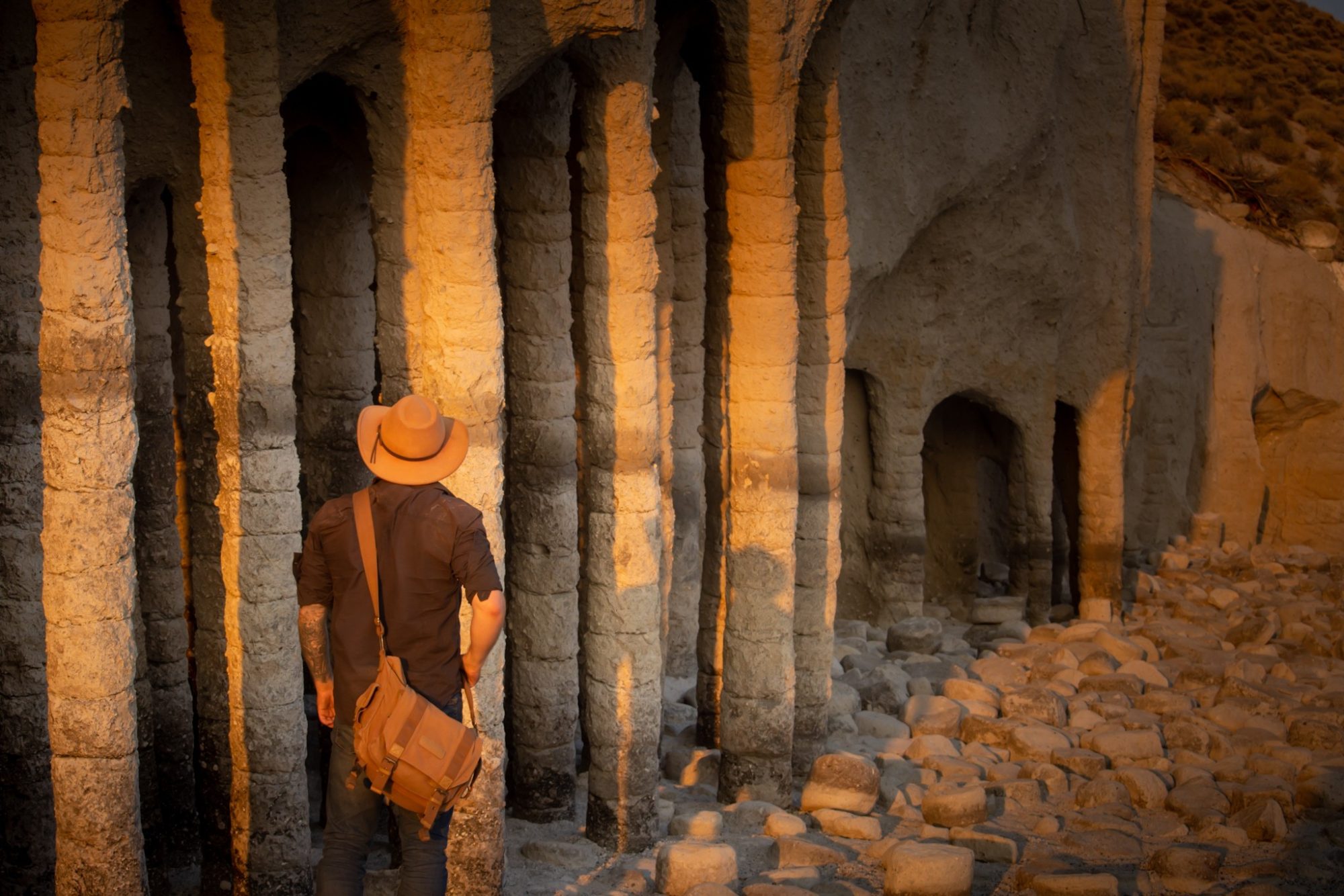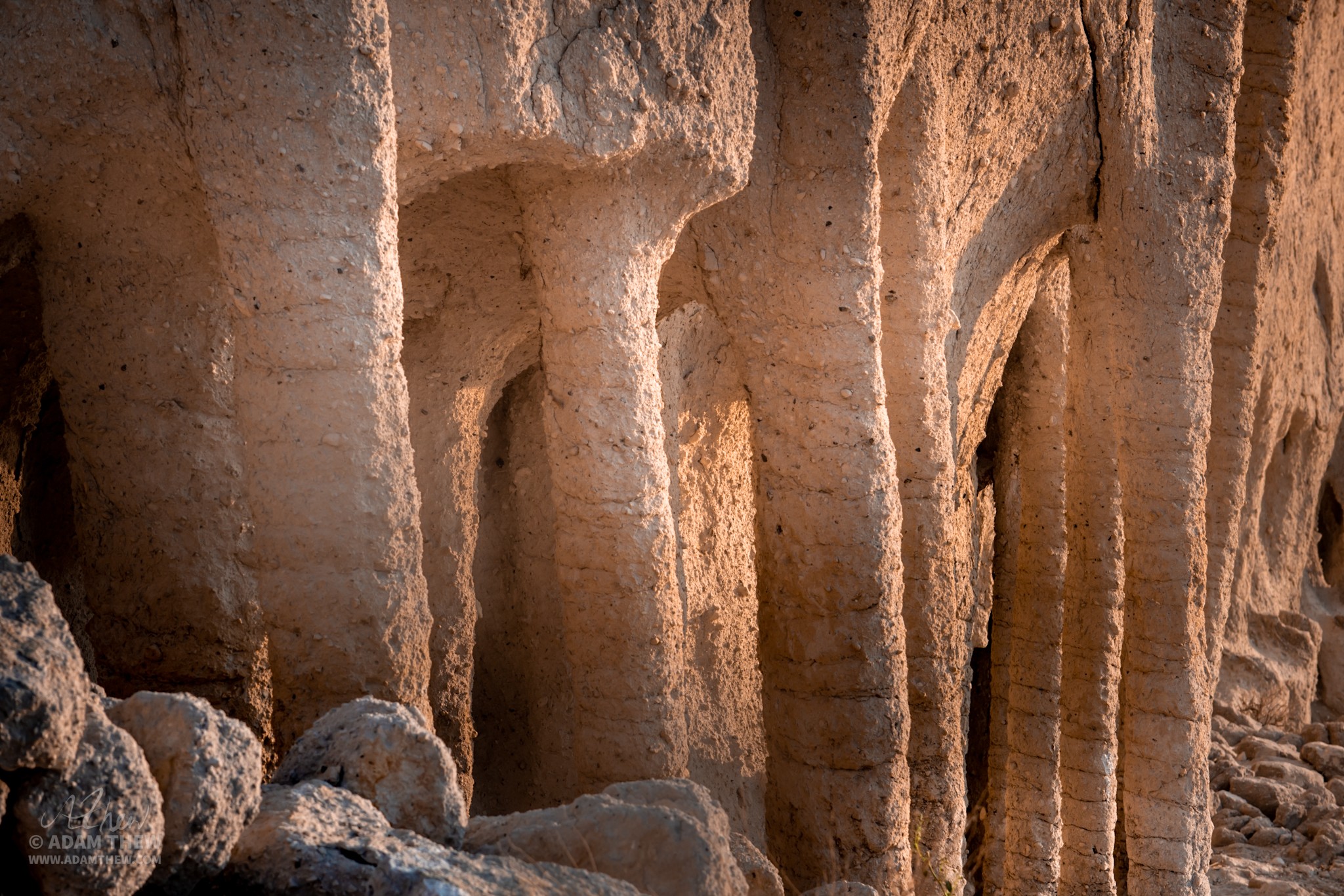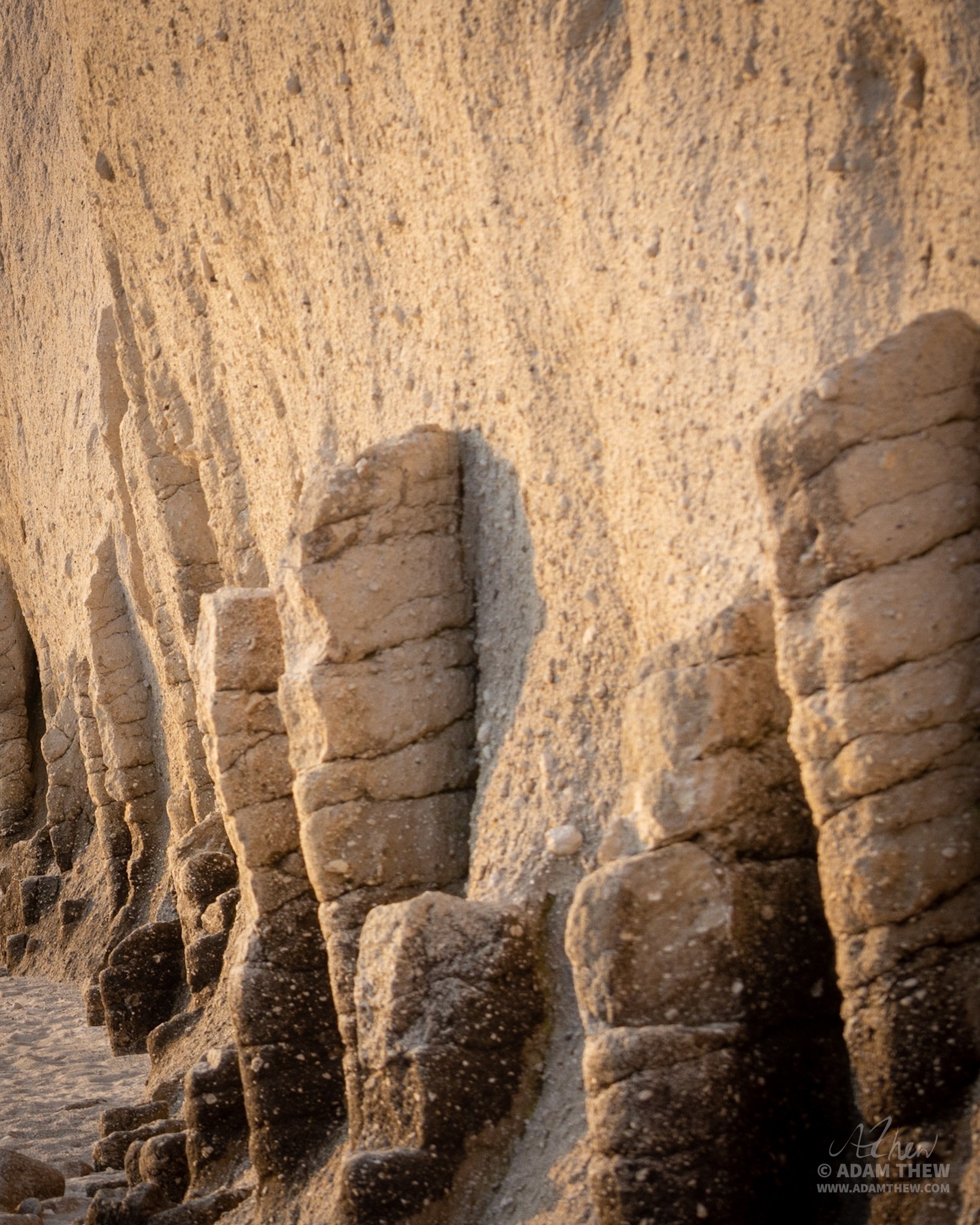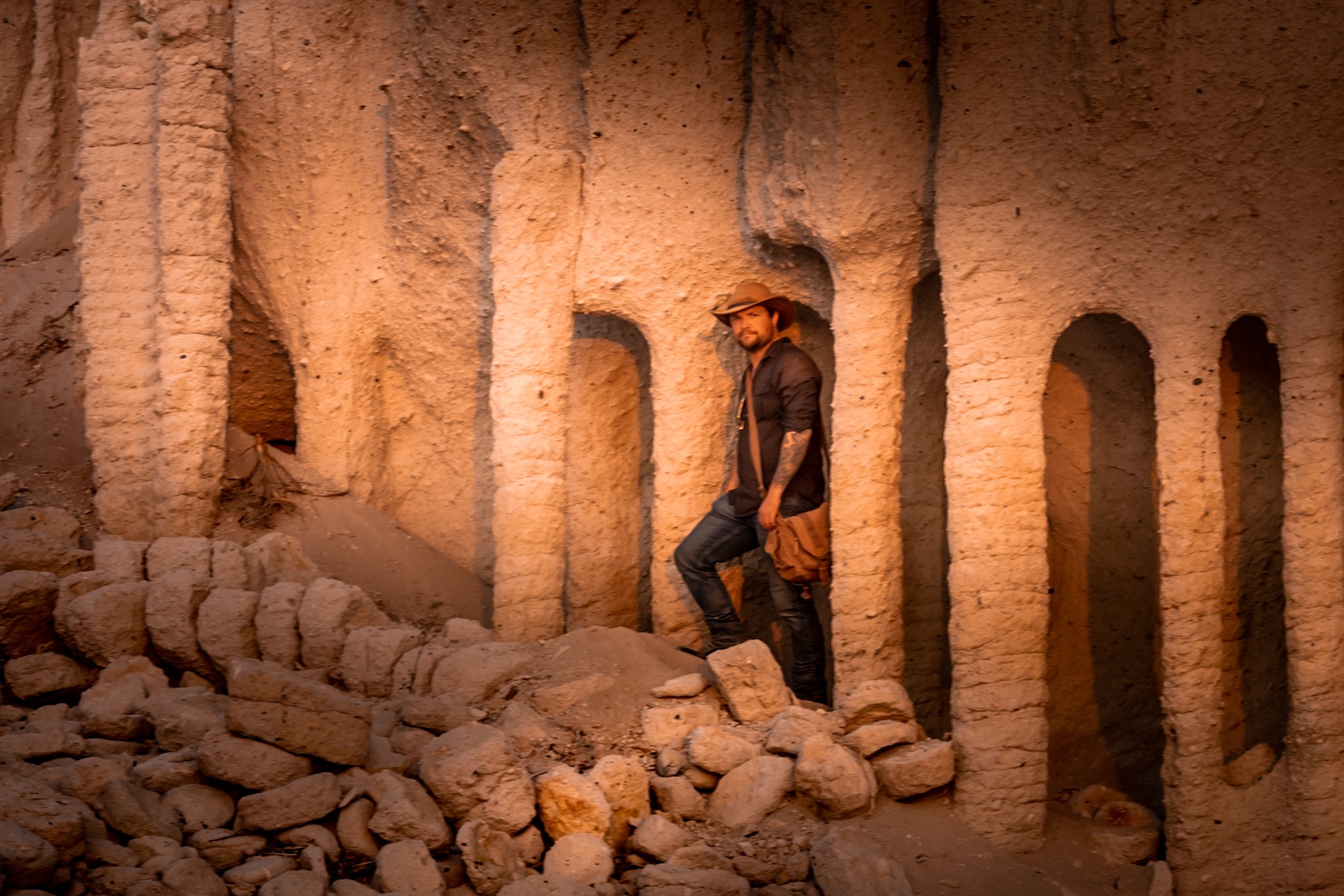Imagine this: you’re walking along the shore—sand shifts between your toes as a cool breeze comes off the water. You turn your head to the nearby bluffs. As the golden light of the setting sun slowly crawls under the overhangs adorning the beach, something catches your gaze. Many dozens of Ancient Columns, some reaching twenty feet tall, line the walls, others have fallen to the ground and lie spread across the sands. You think to yourself, “Surely I have stumbled upon the ruins of some Ancient Temple.”
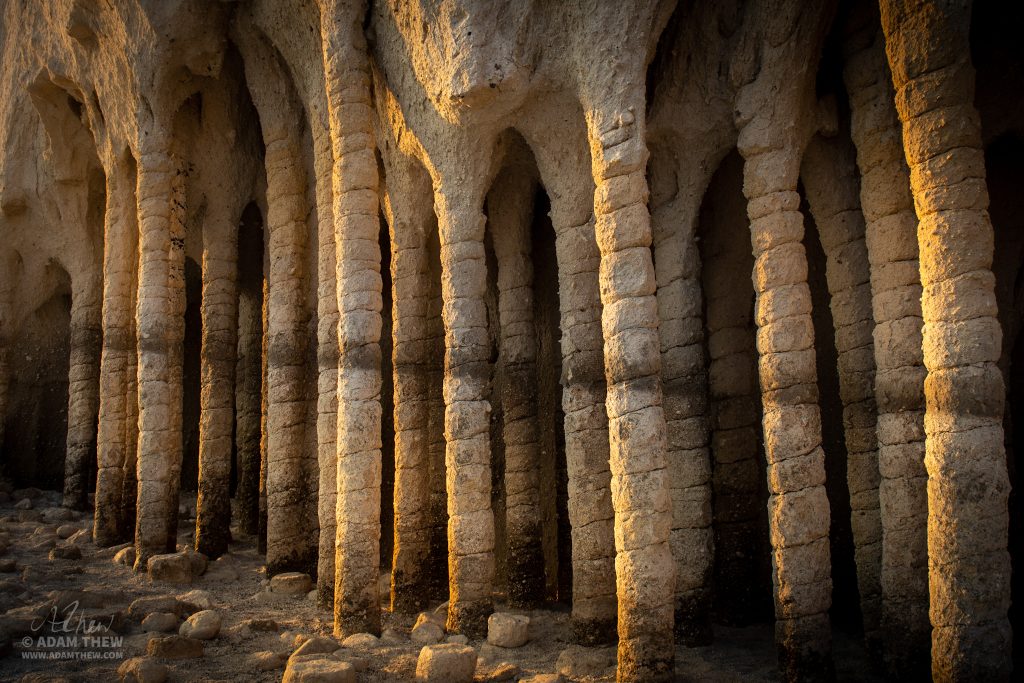
Would you believe this is not the work of some distant or long past civilization, but a natural phenomenon? I’ve seen it for myself, and I’m here to tell you about it.
Roughly 25 miles into California (as the crow flies) from the Nevada border, lies the reservoir known as Crowley Lake. Owens Valley, where the lake is found, was an expansive meadow in the not-too-distant past. Before that, in the very distant past, it is believed a series of volcanic eruptions rocked the area, culminating in a final cataclysmic explosion, 2,000 times greater than that of Mt. St. Helens, in 1980. Ash and debris covered the valley, as the volcano flattened under the pressure. Scientists believe this likely created the Long Valley Caldera (a volcanic crater), one of the largest in the world!
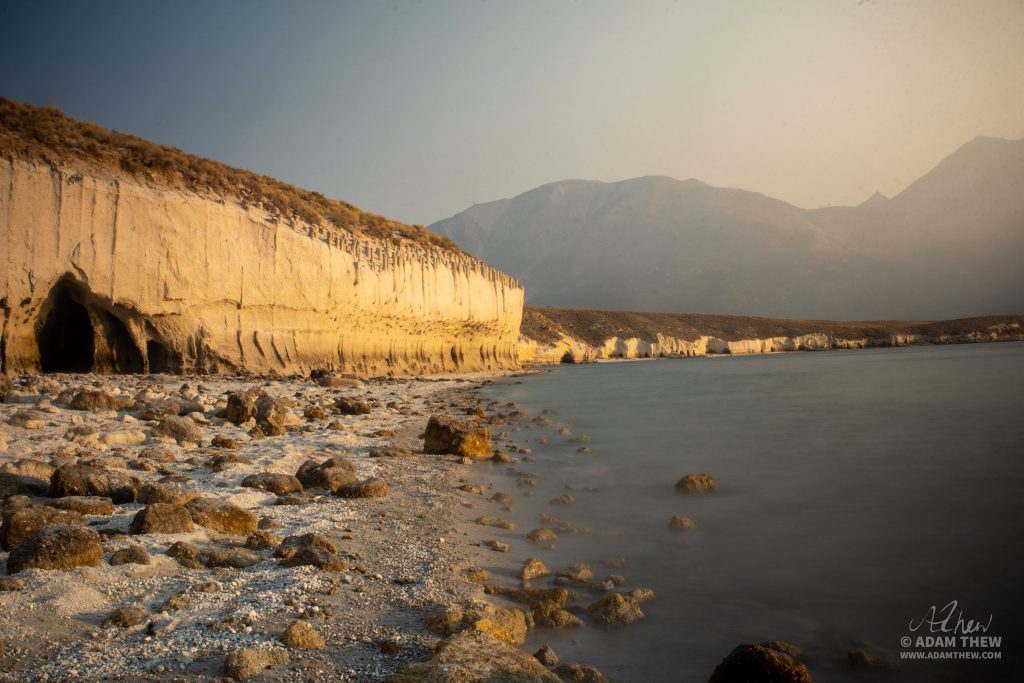
Time passes. Lots of time. The year is 1941. The City of Los Angeles finishes construction of the nearby Long Valley Dam, flooding the valley, and creating Crowley Lake.
The years continue to pass, and as they do, the water ebbs and flows, rises and falls. Waves cut away the soft dirt and other material, and eventually, these strange helical formations are brought into the light.
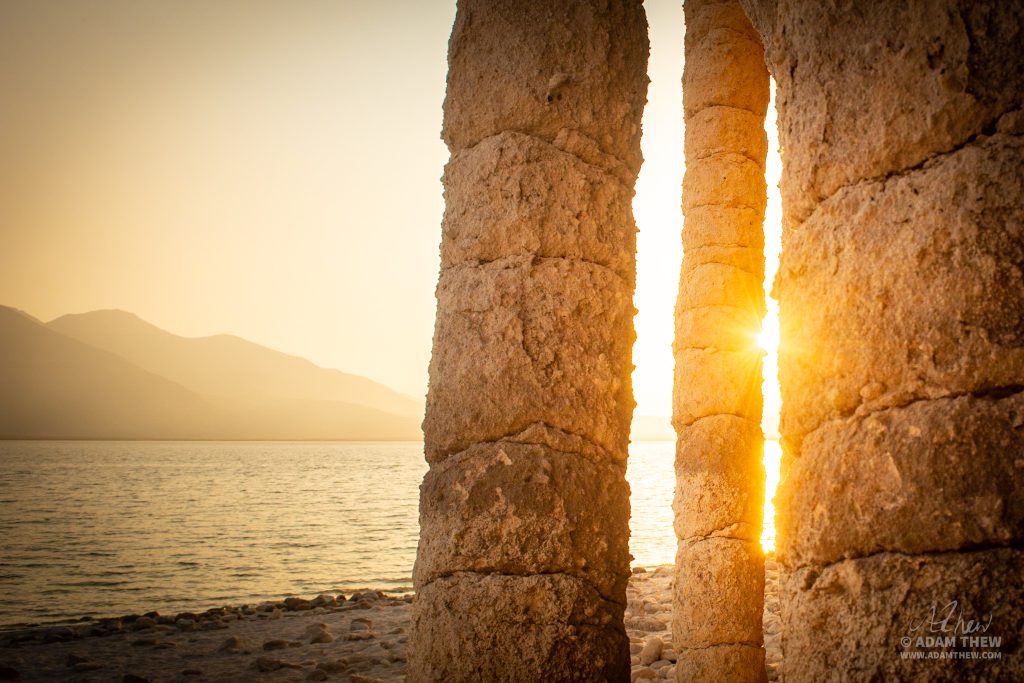
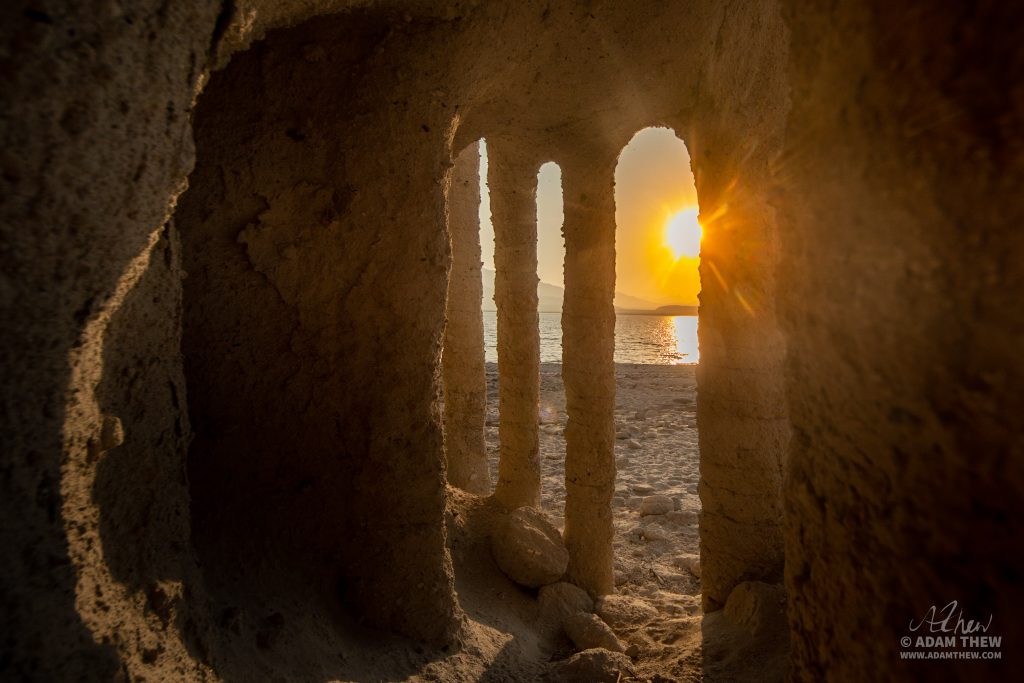
Using a collection of samples and an array of techniques such as x-ray, electronic microscopes, and more, scientists found tiny spaces throughout each sample, held in place with cement-like minerals. These bonds were found to be erosion-resistant.

There are competing ideas for the creation of these monuments. A prevailing theory suggests snowfall atop the still-heated tuff (porous stone from hardened volcanic ash) melted and boiled, creating the spaces between columns, and its segmented design. These same rifts are seen today, sectioning the columns vertically about every foot, contributing to the semblance of ancient ruins.
Some researchers credit the percolation of cold water onto rising steam. Others speculate a coincidental formation via the long process of erosion. The only constants among these proposals are the elements of time and water.
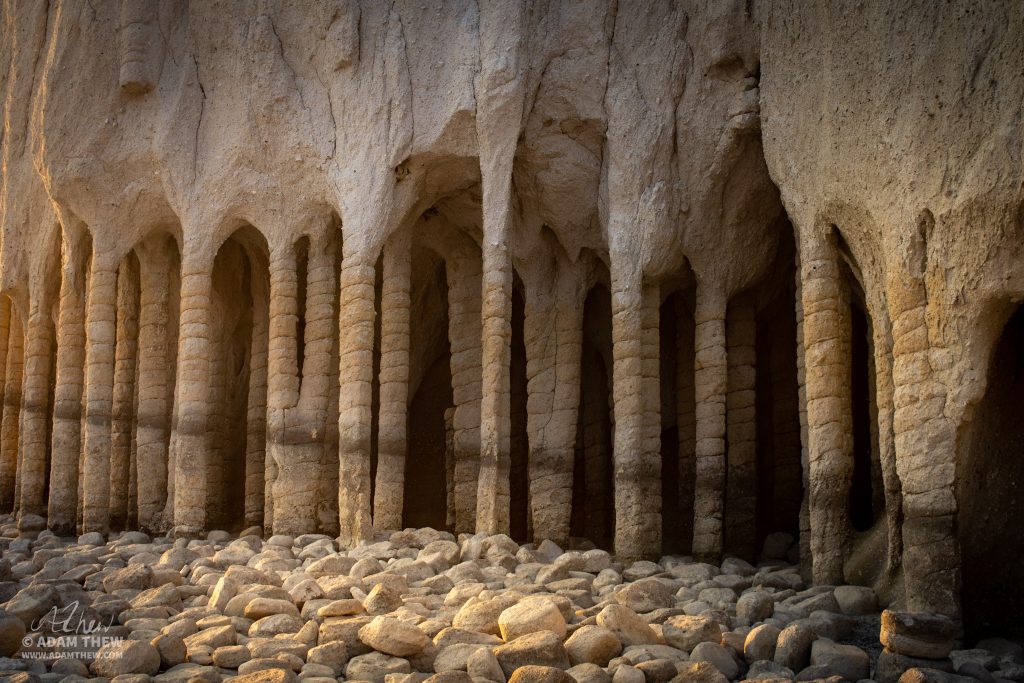
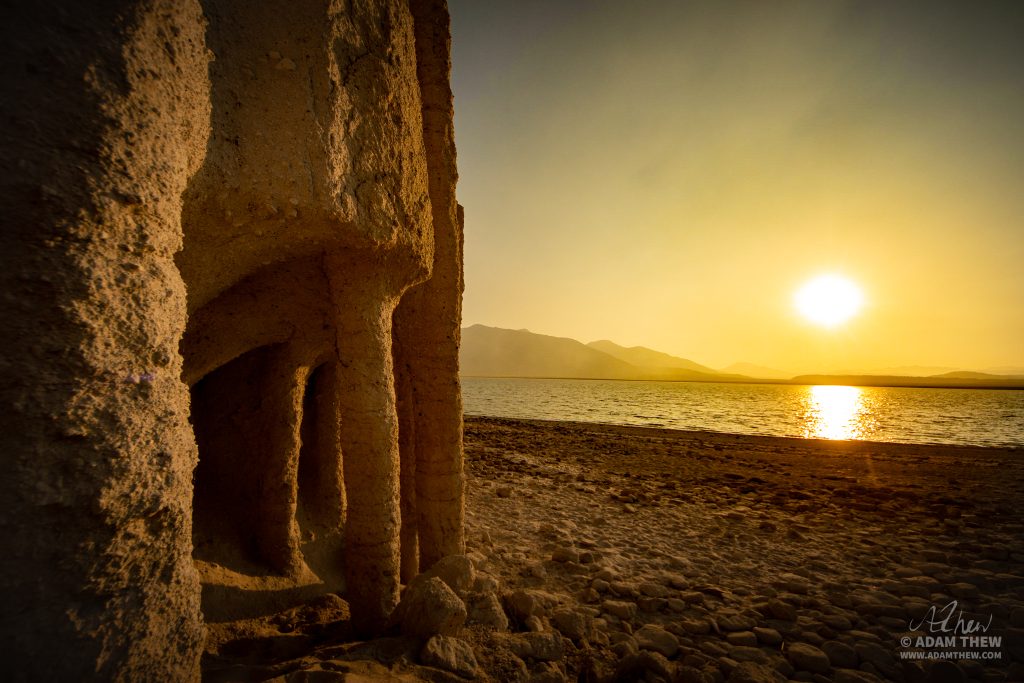
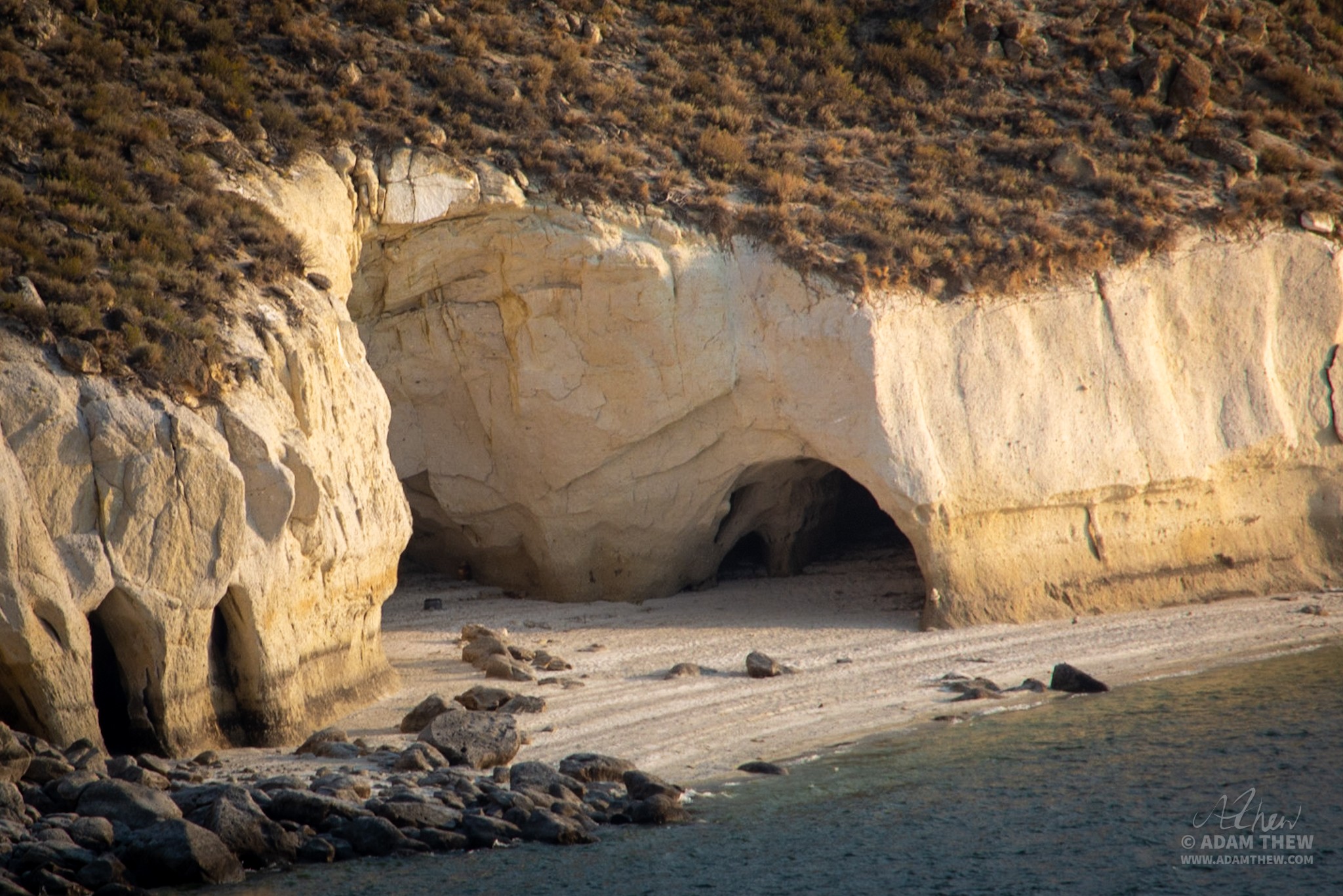
There could be as many as 5,000 columns in the area, according to some estimates. Sizes, shapes, and colors vary—with the most consistent designs being tall and gray, with a helical figure. Exploring a nearby cave, we found several lichen-covered pillars, making one of the most pleasing compositions. Others have a sort-of reddish hue.
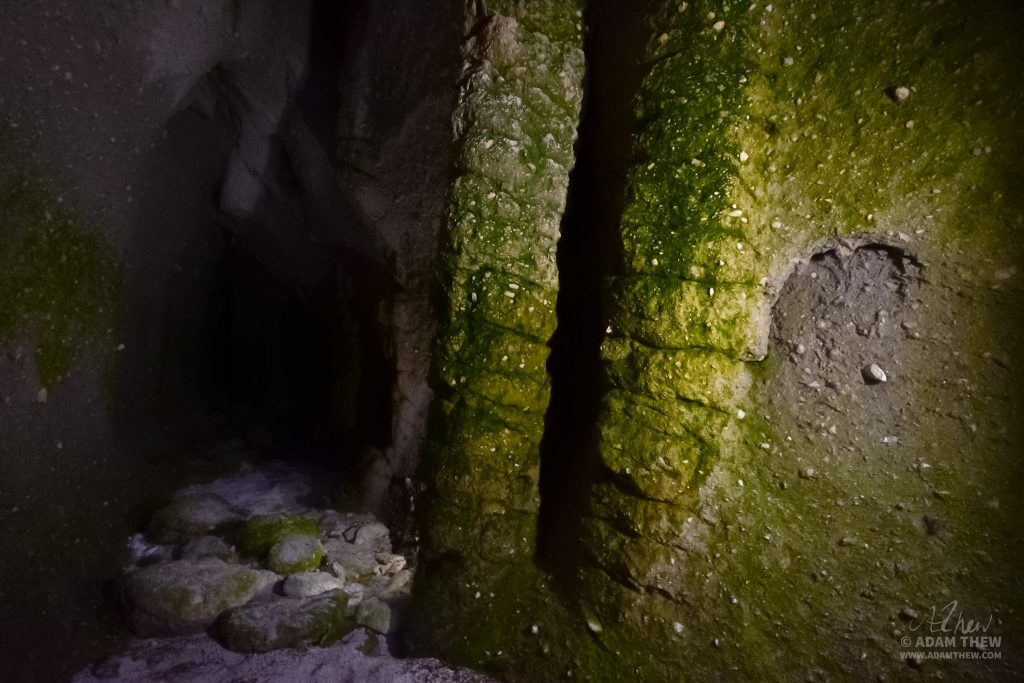
Many are still buried under literal tons of sediment, waiting to be unearthed.
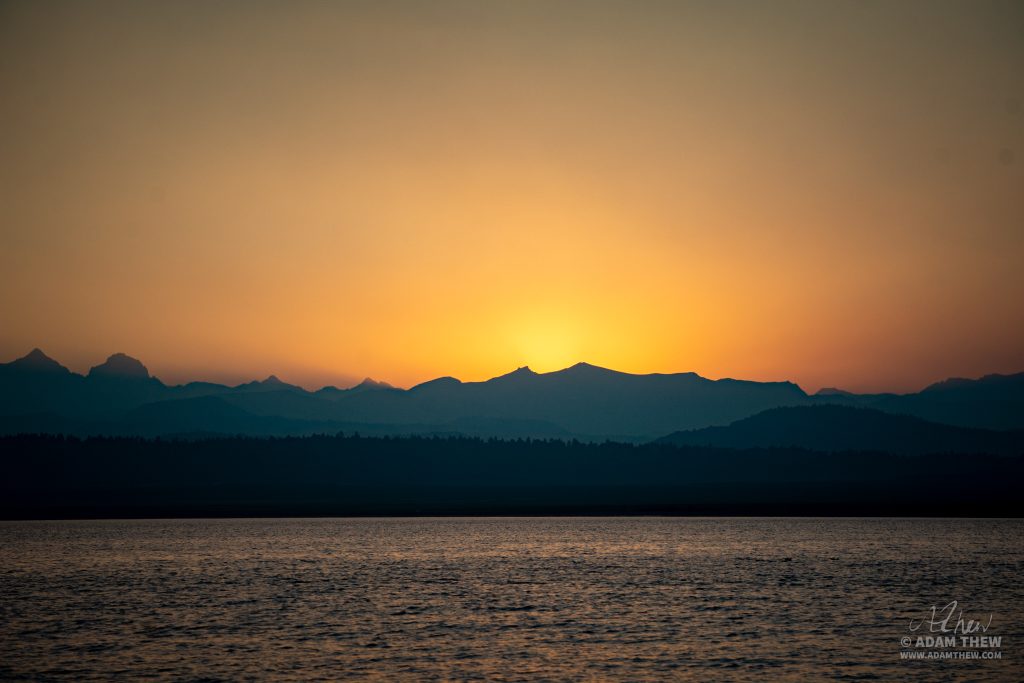
These natural treasures are found on the eastern beaches of Crowley Lake. If you would like to see them for yourself, they are listed on Google Maps. Almost any vehicle will get you within a few miles. If you have the clearance and the proper drive, you can make it all the way to the bluff overlooking the beach. Please be respectful, and remember, when they’re gone, they’re gone.
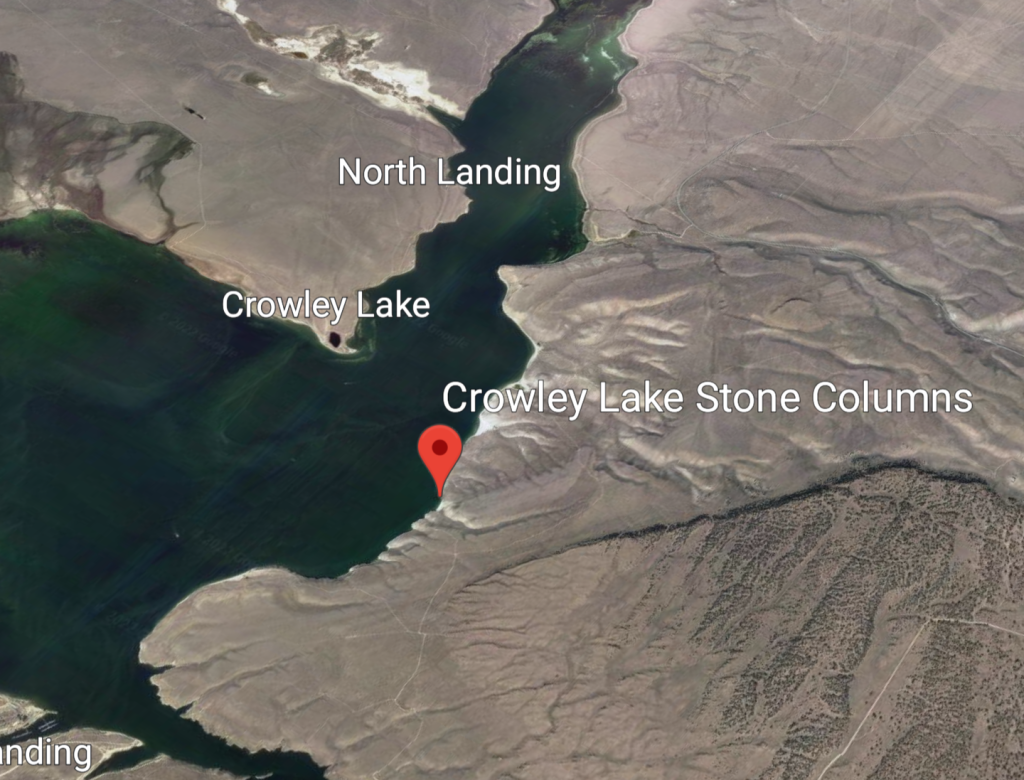
I hope you enjoyed that read! If you like my work, please support me, by visiting my online store, and sharing my articles on your preferred social media!

